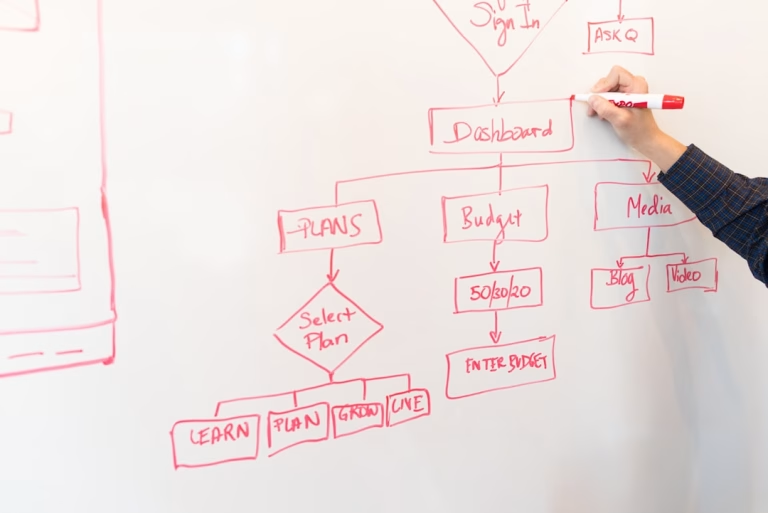How to Implement Joint Application Development Effectively
Introduction
Hello there, tech enthusiasts! Today, we’re diving into a topic that might seem complicated at first but fear not – I’ll make it as simple as stepping through an open door. We’re exploring how to implement Joint Application Development (JAD). I’ve personally wandered down this road in the past, and I’m excited to share what I’ve learned.
Decoding Joint Application Development
Before we delve into implementation, let’s first set the stage by breaking down what JAD is. Joint Application Development is an agile software development methodology that revolves around collaboration. How, you ask? It brings system owners, developers, users, etc. to a joint negotiation table where they uncover and agree on new system requirements (according to the Techopedia). Now, that might sound tricky at first, but it’s a lot like heading to a potluck where everyone brings something to the table. Sweet, right?
The Power of JAD
Before we jump into the ‘how’, let’s look at a real-life example of ‘why’–why JAD can be a game changer. A while back, I worked on a project where miscommunication led to misplaced efforts. The developers were chasing after features they thought were necessary, while the users actually needed something entirely different. It was like delivering a pizza to someone who ordered a salad! That’s where JAD steps in – bringing everyone onto the same page and hugely preventing such mismatches.
How to Implement JAD
-
Planning JAD Sessions: Just like planning a vacation, the first step to implementing JAD effectively is to organize fitting JAD sessions. This involves identifying the key stakeholders, setting clear objectives, and forming a strong and competent guiding team. Just think of this stage as sorting out your destination, budget, and travel companions before heading out.
-
Holding Successful JAD sessions: The next step is to conduct the sessions effectively. This involves making sure that communication is clear and inclusive, disagreements are managed productively and system requirements are communicated successfully (according to Guru99). It’s like hosting a successful party where everyone has a great time and looks forward to the next one.
-
Reviewing and Monitoring: Lastly, just as you would review your journey, ensuring JAD’s success involves reviewing the session outcomes, resolving any unresolved issues, and continually monitoring progress. It’s like checking your vacation photos and seeing where you need to improve for the next trip.
Wrapping Up
And there you have it – a not-so-brief run-through on implementing Joint Application Development! Of course, like learning to bake, it might need a few tries and tweaks to get it just right. But the result? A software development process that truly listens and responds to its users. And who wouldn’t want that? Happy coding!






